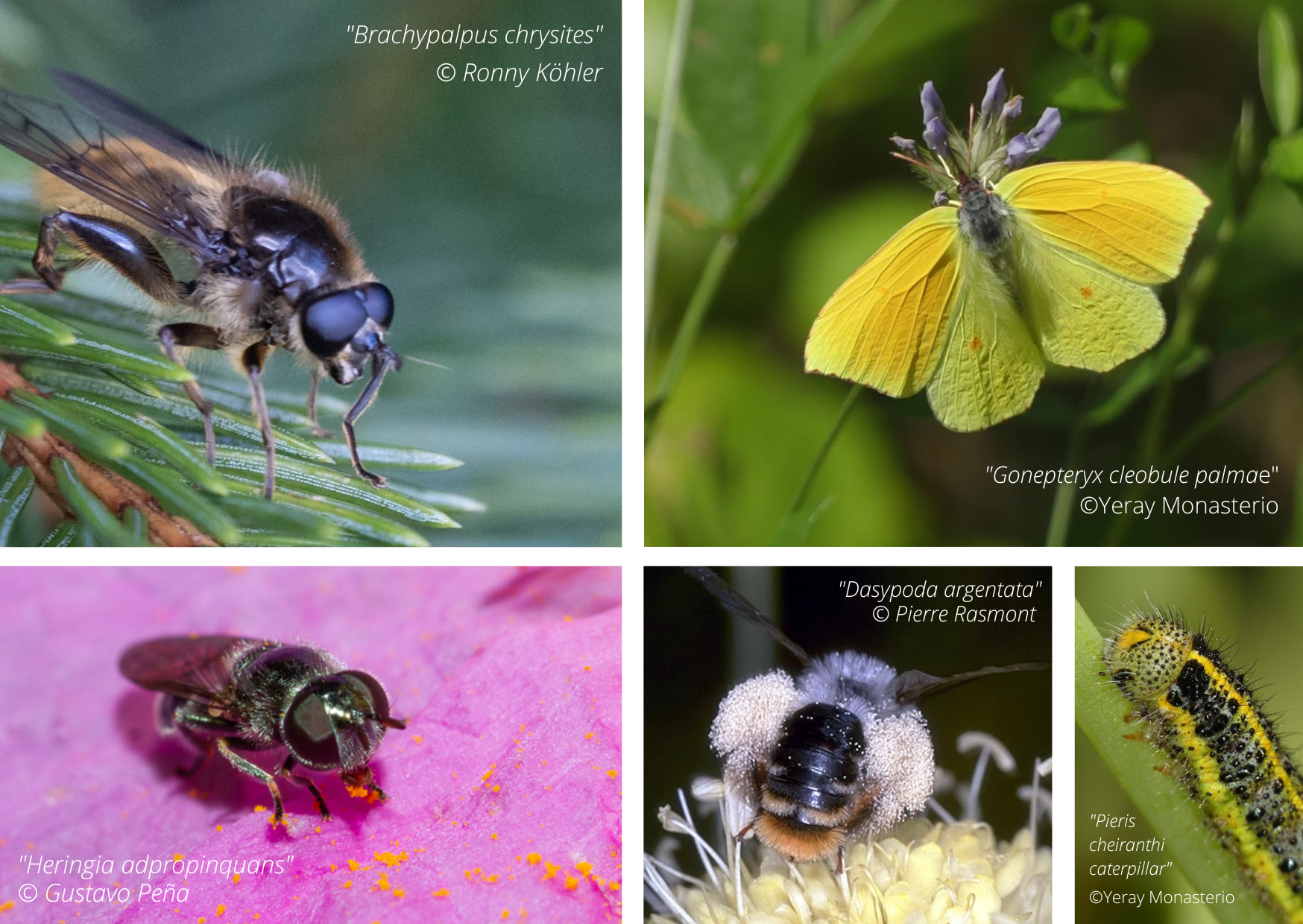Action Plans are the key tools for the conservation of pollinator species. They provide information about the status, ecology, threats and current conservation measures for species and list the key actions that are required to improve their conservation status across their range within the EU territory. Each plan is the result of an extensive process of consultation with experts, stakeholders and Member State authorities. An Action Plan can address one or multiple species or their habitat.
Species Action Plans new
In April 2021, the Commission mandated the development of Action Plans for the most threatened pollinator species. Three plans were prepared by the International Union for Conservation of Nature (IUCN), in collaboration with the IUCN Species Survival Commission, the Invertebrate Conservation Committee, the Hoverfly Specialist Group and Buglife and published by the Commission in May 2023:
- Species Action Plan for the Canarian Islands pollinators
- Species Action Plan for the veteran trees hoverflies
- Species Action Plan for the teasel-plant bees
The Action Plans were developed in close collaboration with species experts, environmental NGOs, academics, protected areas bodies, and governmental authorities across the EU through thematic workshops. Each workshop enabled stakeholders to co-create a shared conservation vision for specific pollinator species by setting specific goals and actions aimed at addressing current and future threats. The Plans were developed following the IUCN's Guidelines for Species Conservation Planning (IUCN SSC 2017), developed by IUCN SSC Conservation Planning Specialist Group (CPSG).
The first Action Plan “Canarian Islands endemic pollinators of the Laurel Forest zone - Conservation plan 2023-2028” focuses on four insect species – two butterflies, one bee, and one hoverfly – sharing a common, ancient habitat: the Laurel Forest. Once widespread in the Mediterranean area, this ecosystem supports rich biodiversity and many endemic species throughout the Canary Islands but has nevertheless suffered from destruction and degradation. The decline of this habitat due to human activity is a major threat to the species considered for this Action Plan, along with alien species and the changing climate.
The protagonists of the second Action Plan “Teasel-plant specialised bees in Europe -Conservation action plan 2023–2030” experience similar threats. These wild bees are at particular risk of extinction as land use changes cause the decline of suitable habitats while also taking away the teasel plants on which they rely for their survival. The reduction of host plants due to agricultural intensification and decrease of xerothermic grassland is now leading to the disappearing of the six species studied in this Plan.
The last Action Plan is dedicated to six hoverflies species that are specialised on veteran trees and wet, decaying wood. These saproxylic insects not only are important pollinators but also act as nutrient recyclers, pests’ predators, and indicators of ecosystem health. “Hoverflies specialised to veteran trees in Europe – Conservation Action Plan 2023–2030” sheds a light on the importance of appropriate forestry practices that keep into account the needs of pollinators species that rely on dead wood and ancient trees. The removal of veteran trees, the replacement of key tree species, and the implementation of hoverfly-unfriendly woodland management are all threats to these species.
Some of the pollinator species targeted by the three Action Plans.
After presenting a status review of the relevant species, the three Action Plans set specific goals aimed at improving the status of these pollinators. For each goal, the authors – in collaboration with relevant stakeholders – designed a number of actions along with specific indicators, timelines, and actors to involve.
The topics of the three Action Plans have been selected from a shortlist of 15 proposals for Action Plans for pollinator species, as presented in the below report.
In the coming months and years, the actions outlined in the three Action Plans will need to be translated into reality. To this regard, the Action Plans will bring together stakeholders to trigger positive change on the field towards the realisation of the conservation vision developed during these two years of work. Depending on the future capacity, the Commission might consider the development of additional Species Action Plans based on this shortlist.
Habitat Action Plans
The Commission has also supported the development of action plans for the most threatened pollinator habitats:
- EU Action plan to maintain and restore to favourable conservation status the habitat type 6210 Semi-natural dry grasslands and scrubland facies on calcareous substrates (Festuco-Brometalia)
- EU Action plan to maintain and restore to favourable conservation status the habitat type 4030 European dry heaths
Implementation of pollinator Species and Habitat Action Plans
The Commission will support Member State authorities and stakeholders in deploying the conservation activities necessary to reach the plans' objectives through the LIFE Programme .
Please note! The Commission has also earmarked EUR 500.000 to facilitate the coordination in the implementation of the three Species Action Plans. In this regard, an open call for tenders will be launched this year. For more information, please see item "Support to the Implementation of Conservation Plans for Threatened Pollinator Species" in the prior information notice for the 2023 budget.
